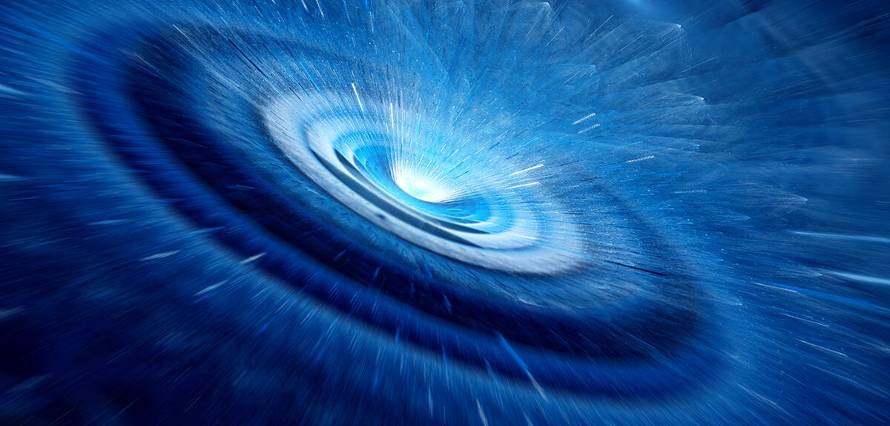Scientists are becoming increasingly convinced that white holes, the exact opposite of black holes, may actually exist. These hypothetical objects, predicted by Einstein’s general theory of relativity, can only eject matter and light, making it impossible for anything to enter them. While black holes have been observed and studied extensively, the existence of white holes has remained a mystery.
However, recent developments in a theory called loop quantum gravity suggest that white holes could be the final stage in the evolution of black holes. According to this theory, space itself is made up of individual grains or quanta, and when matter inside a black hole reaches these incredibly tiny scales, a quantum repulsive force causes it to bounce back, transforming the black hole into a white hole.
“A fundamental change then occurs. Spacetime generates a sort of quantum repulsive force that opposes the collapse and causes the matter to bounce back,” explains Carlo Rovelli, a physicist at the CPT1 and one of the originators of this hypothesis.
While this scenario solves several problems associated with black holes, such as the singularity and the information paradox, it raises the question of why we don’t observe white holes lighting up around us. The answer lies in the flexibility of time, as described by general relativity. The extreme gravitational effects near a black hole’s event horizon cause time to pass much more slowly compared to a distant observer, meaning that the transformation of a black hole into a white hole could take billions of years from our perspective.
Scientists are now focusing on the search for primordial black holes, which are thought to have formed shortly after the Big Bang. These tiny black holes may have already begun to transform into white holes, potentially emitting short, intense flashes of gamma rays or becoming stable, barely perceptible objects that contribute to the mysterious dark matter that makes up 27% of the Universe.
“Loop quantum gravity equations enable us to precisely calculate the mass of these white holes, which is on the order of a microgram. That might seem negligible, but added together, all those white holes may make up a significant proportion of dark matter,” Rovelli explains.
Detecting signals from white holes would not only prove their existence but also confirm the predictions of loop quantum gravity, shedding light on the quantum nature of spacetime and potentially revolutionizing our understanding of the Universe.
#WhiteHoles #DarkMatter #LoopQuantumGravity #Astrophysics
If our reporting has informed or inspired you, please consider making a donation. Every contribution, no matter the size, empowers us to continue delivering accurate, engaging, and trustworthy science and medical news. Independent journalism requires time, effort, and resources—your support ensures we can keep uncovering the stories that matter most to you.
Join us in making knowledge accessible and impactful. Thank you for standing with us!

